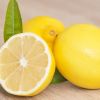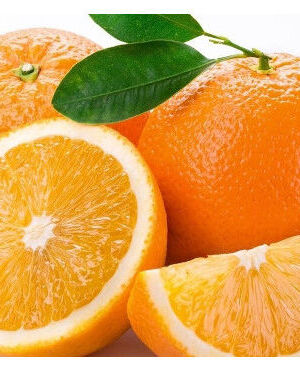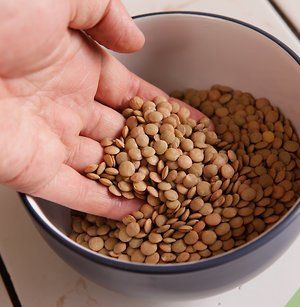In the flowering plant family Rutaceae, the lemon (citron) is a species of tiny evergreen trees,
indigenous to Asia, particularly Northeast India (Assam), Northern Myanmar, or China. The
ellipsoidal yellow fruit of the tree is utilized for both culinary and non-culinary applications
all over the world. The lemon (citron) is a spherical and slightly elongated fruit. A fully
matured fruit has a robust, resistant skin that is an intense bright yellow color. When cut it
releases a unique aroma . The pulp is gore-shaped, light yellow in color and juicy. Its juice is
particularly useful for both cleaning as well as cooking. Additionally, the rind and pulp are utilized
in baking and cooking. Lemon (citron) juice has a pH of 2.2 and contains 5% to 6% citric acid,
giving it a tart flavor.
Uses:
Cocktails, soft drinks and lemonade contain lemon (citron) juice. Its acid neutralizes fish
amines by turning them into nonvolatile ammonium salts, and it is utilized in fish marinades.
The acid partly hydrolyzes tough collagen strands in meat, making it more soft. It is also
commonly added to pancakes in the United Kingdom, particularly on Shrove Tuesday. Lemon
(citron) juice is also used as a short-term preservative on some foods, such apples, bananas,
and avocados, where its acid denatures the enzymes and prevents oxidation and browning after
cutting.
Peeled Lemons (citron) are preserved in salt barrels or jars in Morocco. The rind and peel
are softened and preserved by the salt’s penetration, making them practically indestructible.
Many different meals consists of preserved lemon such as Greek, Italian, French, and Sicilian
cuisines.
Skin cells that produce oil are used to make lemon (citron) oil. The cells are broken apart
by a machine as well as the oil is removed using a water spray. After that, centrifugation is used
to filter and separate the oil/water mixture.
The leaves of the lemon (citron) tree are used to prepare cooked meats and shellfish as well
as to make a tea.










Reviews
There are no reviews yet.